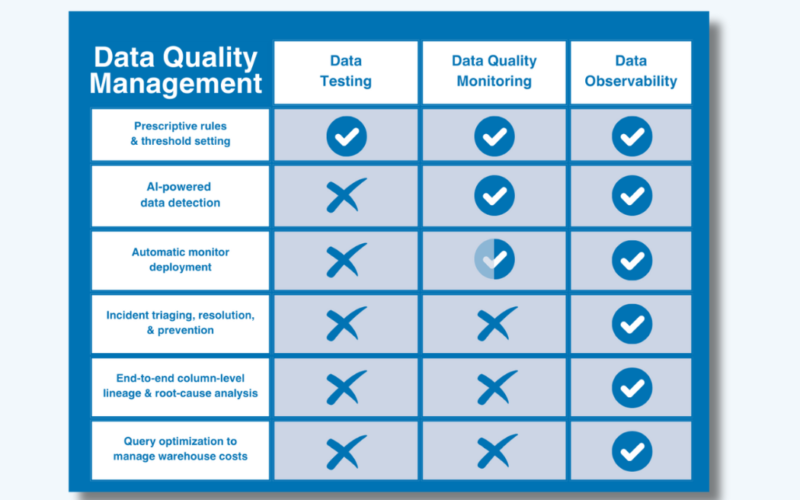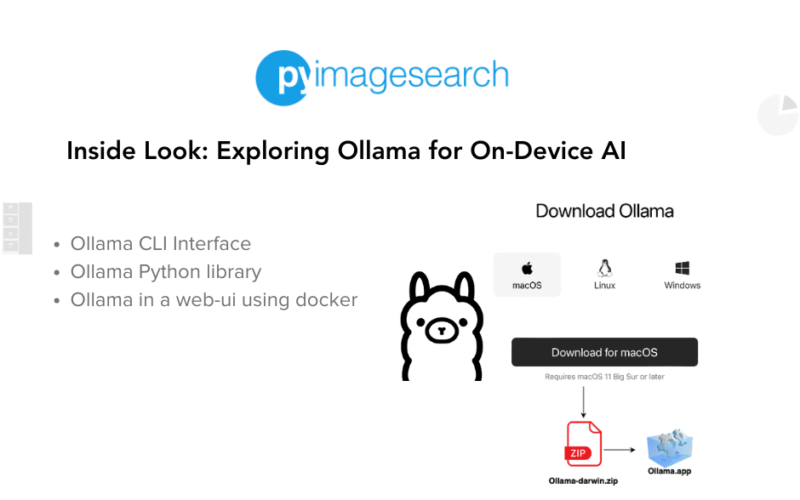31
May
arXiv:2405.19433v1 Announce Type: new Abstract: While current automated essay scoring (AES) methods show high agreement with human raters, their scoring mechanisms are not fully explored. Our proposed method, using counterfactual intervention assisted by Large Language Models (LLMs), reveals that when scoring essays, BERT-like models primarily focus on sentence-level features, while LLMs are attuned to conventions, language complexity, as well as organization, indicating a more comprehensive alignment with scoring rubrics. Moreover, LLMs can discern counterfactual interventions during feedback. Our approach improves understanding of neural AES methods and can also apply to other domains seeking transparency in model-driven decisions. The codes and…



